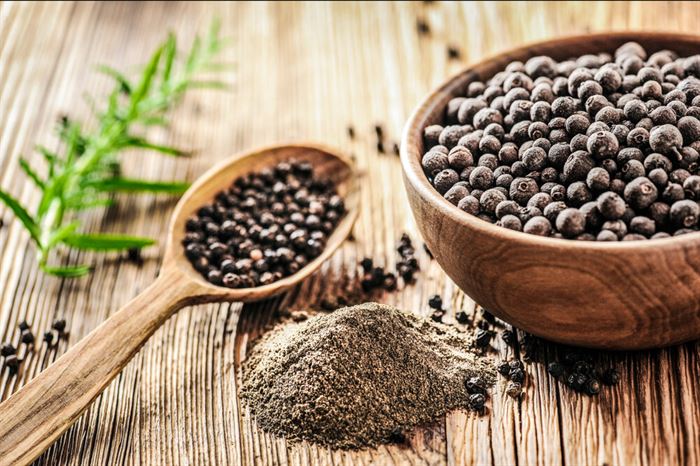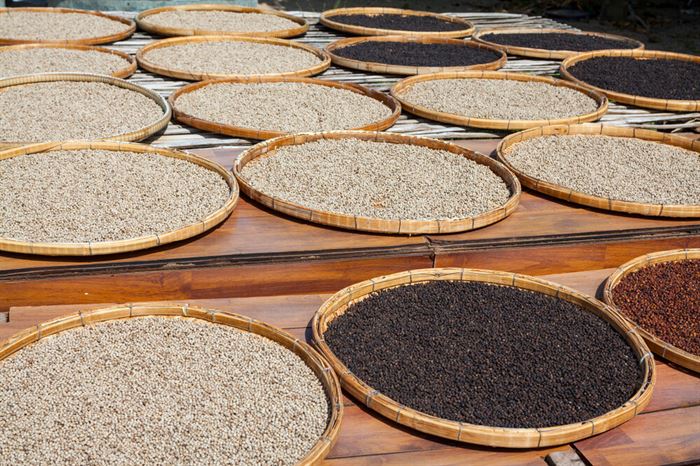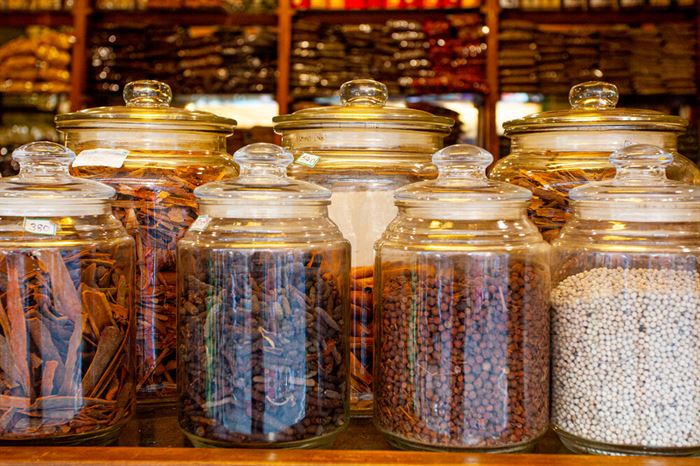Black pepper, often dubbed the “king of spices,” boasts a rich history that stretches back over 4,000 years. From ancient trade routes to royal feasts, its spicy allure has left an indelible mark on global cuisine. Understanding how black pepper is crafted reveals a captivating story behind each fragrant grain. This journey, from vine to grinder, not only underscores its cultural significance but also accentuates the complexities of its production process. Dive with us into this intricate tale of how this beloved spice graces our tables.

Contents
The Origins: A Glimpse into the World of Black Pepper
Historical Cultivation and Significance
Long before the intricacies of how black pepper is made became common knowledge, it was treasured as a luxury in ancient civilizations. This prized spice, whose cultivation dates back millennia, often represented wealth and was a sought-after commodity along famed trade routes.
Regions Dominating its Growth
While this aromatic spice finds its roots in the tropical rainforests of India’s Malabar region, today’s production has expanded across the globe. Countries like Vietnam, Indonesia, and Brazil now play pivotal roles in shaping the global pepper landscape, contributing significantly to its production and distribution.
Black Pepper Production Steps: From Seed to Spice
Seed Selection and Planting
A pivotal starting point in understanding how black pepper is made lies in the art of seed selection. Quality seeds are essential, setting the foundation for robust pepper vines. They need the right conditions to germinate – consistent warmth, moist soil, and a well-draining environment lay the groundwork for thriving plants.

Cultivation Practices
Black pepper plants favor a specific set of conditions. Rich, loamy soil and a warm, humid climate are ideal for these tropical perennials. However, these same conditions can also be a breeding ground for pests and diseases. Farmers employ various measures, both organic and chemical, to combat threats like the notorious pepper mite and fungal infections.
Harvesting the Mature Pepper Berries
Timing is everything when it comes to harvesting. Berries are typically plucked when they’re green and full-sized, but just before they ripen. This ensures the right balance of spiciness and flavor. Traditional methods involve hand-picking, ensuring only the best berries are chosen.
Post-Harvest Processing
Once harvested, the berries undergo critical drying processes. Sun drying is a time-honored method, letting nature do the work. However, in regions with less predictable weather, machine drying is preferred. After drying, the spice undergoes strict quality control, being graded based on size, appearance, and potency, readying it for its journey to spice racks worldwide.

From Black Pepper Vine to Table: The Distribution and Consumption Phase
Packaging and Preservation
Once the meticulous process of how black pepper is crafted is complete, the spice’s journey is far from over. Packaging plays an instrumental role in preserving the pepper’s pungency and freshness. Sealed containers, often vacuum-packed, protect the grains from humidity and external contaminants. For consumers, storing this spice in a cool, dark place helps retain its zest and vigor for extended periods.
Global Distribution: How Black Pepper Travels Worldwide
Emerging from the lush fields of leading exporters like Vietnam, India, and Brazil, this coveted spice embarks on a global voyage. However, navigating the international spice trade comes with its unique challenges — from maintaining quality standards to overcoming trade barriers.
Culinary Uses: Black Pepper in the Kitchen
The rich aroma and fiery kick of this classic spice have crowned many dishes worldwide. From a simple peppery steak to intricate Asian curries, its presence is unmistakable and cherished. Beyond its culinary prowess, regular consumption offers numerous health benefits, including enhanced digestion and antioxidant properties.

Cultivation and Processing of Black Pepper: Ensuring Sustainability
Sustainable Farming Practices
Delving into how black pepper is cultivated, it’s evident that sustainable practices are paramount. Adopting organic and eco-friendly farming not only yields a superior product but also safeguards our planet. Such green methods provide a win-win: farmers benefit from healthier soils and better yields, while the environment sees reduced chemical runoff and preserved biodiversity.
Ethical Trade and Fair Pricing
In the vast network of pepper trade, cooperatives and farmer unions play a crucial role. They ensure that those tending the vines receive fair compensation, mitigating the risk of exploitation. Ethical trading practices prioritize the well-being of the very hands that nurture this spice from seed to grain.

Environmental Impact and Carbon Footprint
The journey of this aromatic spice, from vine to table, has environmental implications. Critical assessments consider water and land use efficiency in its cultivation. Progressive farmers and industry leaders are tirelessly working to innovate, optimizing resources and adopting methods that reduce the carbon footprint, ensuring that our beloved spice remains sustainable for generations to come.
Conclusion
The odyssey of the humble pepper grain, from verdant vines to our dining tables, is truly multifaceted. Every pinch we sprinkle is a testament to countless hours of labor, traditional wisdom, and innovative farming practices. As we savor its pungent kick, let’s pause and appreciate the intricate tapestry of effort and passion that brings this iconic spice to life, enriching dishes and cultures globally.


